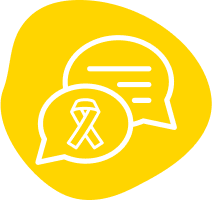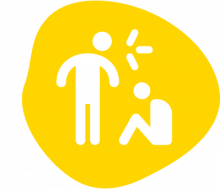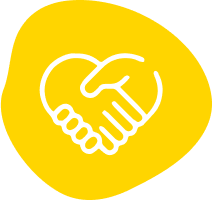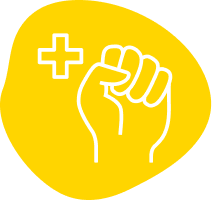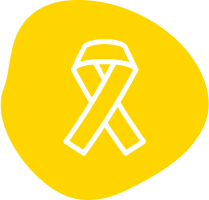“There are shocking situations that often happen to me, things that can affect me and I have no one to share with.... I would like to have someone of confidence who can accompany me and console me, someone with whom to let off steam.”– Participant in the Positive Learning youth consultations (Western and Central Africa).
The World Health Organisation estimates that up to 50 per cent of mental health disorders start by the age of 14. Worldwide, 10 per cent of children and adolescents experience a mental disorder, but the majority do not seek help or receive care. According to the International Community of Women Living with HIV, “Supporting mental health and emotional well-being is one of the most overlooked aspects of treatment, care and support within the HIV response.”
Adolescents and young people living with HIV face particular challenges in dealing with HIV-related trauma including abuse, ridicule, rejection, exclusion and denial of services. The high burden of trauma from a range of stressors, including experiences at the time of HIV diagnosis or when information about HIV status is shared, the loss of parents or other family members, enacted stigma and physical or sexual violence, isolation and lack of family and social support, can lead to hopelessness and depression among learners living with HIV. Self-stigma among adolescents and young people living with HIV and among young key populations is common.
These factors compound each other, and result in complex mental health burdens, poor antiretroviral adherence and disengagement from care. WHO recommends providing psychosocial support and interventions to all adolescents and young people living with HIV as part of an integrated package of services.
A full spectrum harm reduction approach to substance use (see box below), promoting evidence-based, non-punitive responses, is also increasingly seen as an important component of supporting learners’ mental health and well-being.


Recommendations
6.1Provide training and support for educational personnel to recognise early warning signs relating to learners’ mental health and well-being.
6.2Anticipate and respond to mental health difficulties experienced by adolescents and young people living with HIV and young key populations, including depression, anxiety, self-stigma, and trauma related to family rejection.
6.3 Anticipate and respond to stress and trauma for learners coming from households affected by HIV, including burden of care, financial insecurity and grief.
6.4 In addition to providing support for individual learners, consider involving parents/caregivers and siblings for overall family strengthening, where consent for this is given by the adolescent or young person concerned. While confidentiality is paramount, family engagement is also important for overcoming stigma and changing norms around adolescents’ and young people’s mental health.
6.5 Establish links with, and make referrals to, adolescent and youth-friendly mental health services and other sources of support in the community, including peer support. Provide information about effective, confidential digital mental health support tools and services, telephone hotlines, or chatbots that learners can access, while ensuring that learners are educated about cyber-bullying, protection of personal data and prevention of online violence.
6.6 Provide training for educational personnel to prevent and address substance use, through evidence-based, non-punitive approaches that transform incidents into health-promoting opportunities by using counselling, referral, cessation support and other support mechanisms.
